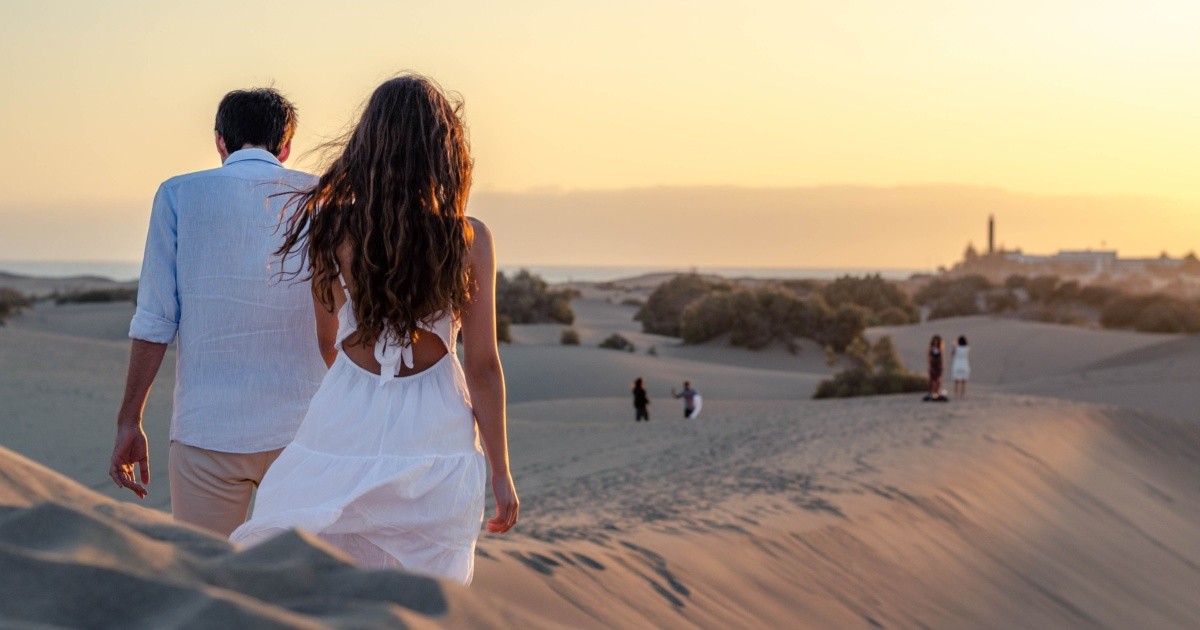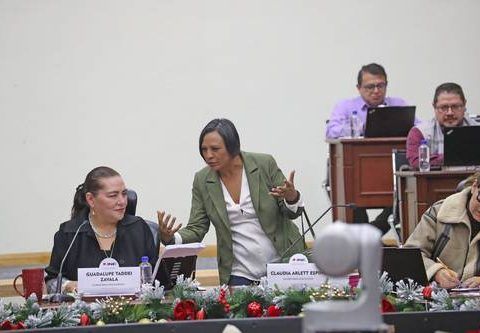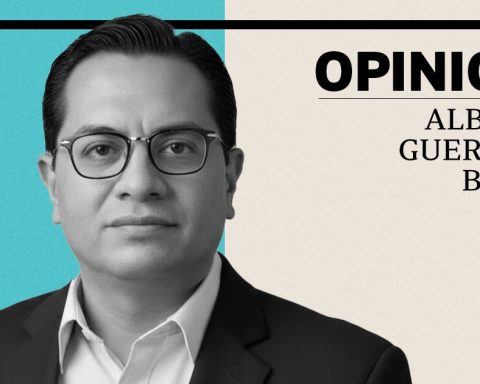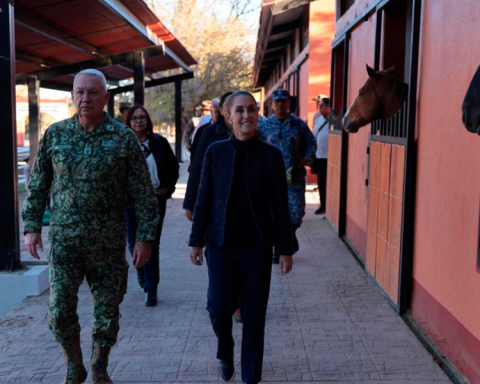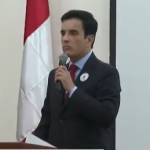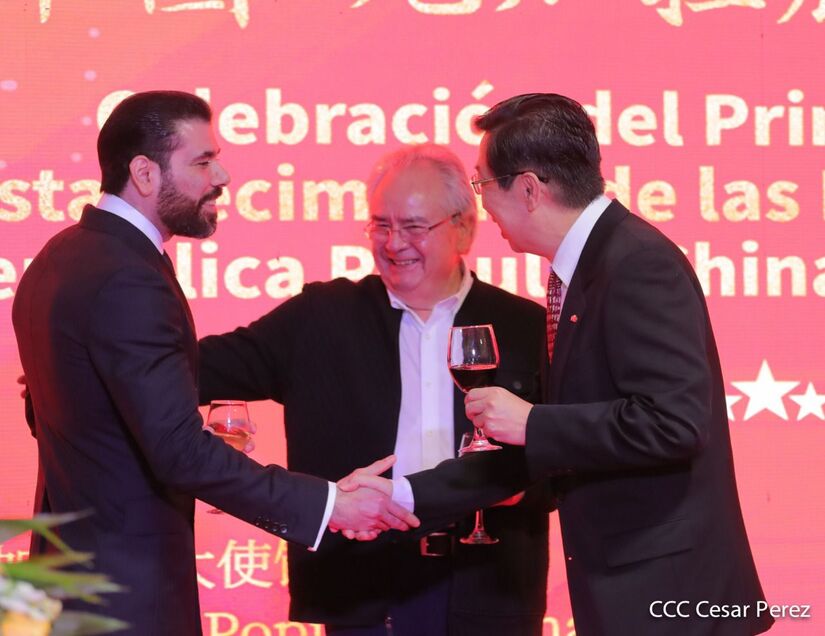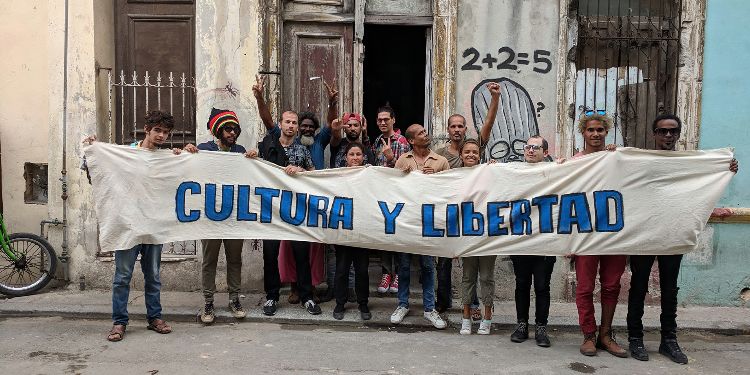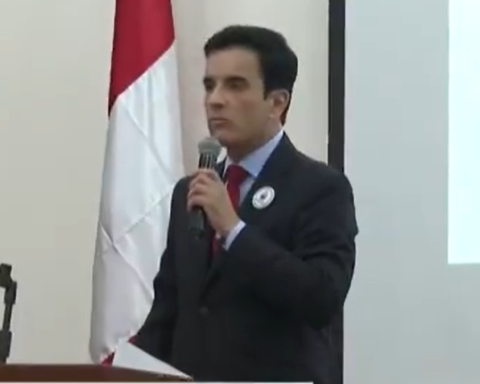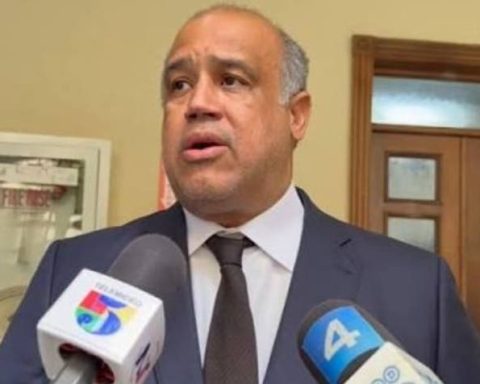Although the pandemic has not officially ended yet, the resilience of the tourism sector in Spain has meant that it is very close to retrieve activity volumes prior to the same. That is, those of 2019, although with differences according to segments and geographical areas. This is so despite other adverse events, such as the Russian invasion of Ukraine, which has generated enormous tensions in the European energy markets, affecting prices, costs and, in short, the profitability of companies.
However, this recovery is only appearance. What is not seen is that the pandemic has left enormous scars in the sector and its diagnosis will be key when formulating a strategy for its real recovery, as well as a new governance capable of implementing it.
The aftermath of the pandemic
This crisis leaves an industry more economically vulnerable for several reasons:
Regarding this last point, there has been a certain labor flight from activities linked to tourism, which has exacerbated the mismatch between supply and demand, beyond what in other countries –such as the US– is known as the great resignation either the great resignation.
On the other hand, the good data of the summer of 2022which are a reflection of champagne effect (“I deserve it and I enjoy it”), they should not dazzle us and hide a fundamental question: is the recovery simply returning to the figures for travelers, overnight stays or occupancy rates of 2019?
In this sense, the debate is polarized between the two extremes of a continuum: from the return to the pre-pandemic model (volume, growth) to the transformation of the model based on a new success metric.
When referring to the search for a quality tourism As a paradigm of that transformation, what is meant? Does it have a strictly economic connotation? that is, are we talking about a tourist with a higher average daily expenditure or perhaps the quality tourist is one who valuesrespects and minimizes the impact on the natural environment and the ways of life of the host communities?
Safe, technological and sustainable
Tourism industry cannot be outside the three s’s that will mark the future of contemporary society: Security (a lesson derived from the pandemic), Smart (intelligencefrom the technological revolution and with digitization as the main exponent) and Sustainability, both social and environmental (with a focus on climate change and the application of the principles of the circular economy).
Those who do not align with these three great drivers of change will be left, sooner or later, out of the market and economic sustainability.
Taking these three vectors into account, three elements will mainly intervene in the configuration of the possible post-pandemic scenarios:
-
The evolution of demand.
-
The behavior of companies.
-
The pressures coming from the institutional environment. These pressures will be fundamental, given the regulatory role of public administrations, and more powerful than those of the market (although there are more demanding segments from the point of view of environmental sustainability, for example), or that the leadership and drag effect of the companies with a proactive culture.
The simple application of the rule according to which companies adapt to the evolution of their clientele would lead, in the current circumstances, to a process of change that is too slow.
Where to go?
Without adequate tourism governance, that is, without an adequate model for decision-making in tourist destinations, the change will not be effective enough. In this regard, we should ask ourselves what has been learned from the trauma of the pandemic and what should change.
Although even more time perspective is needed, it does seem clear that the tourism model must evolve. The context is no longer the same and the recovery of the spatial mobility of the population has put it back on the table the problems of overcrowding and tourismophobia, of the limits of tourism and its sustainable development, of tourism policy and planning. Of governance, in short.
Actually, more than governance, today we talk about co-governance, which is synonymous with multi-party governance. Cooperation between public administrations (public-public) and between them and business organizations (public-private) It is important and necessary but not enough.because they are not the only actors concerned.
Tourism model, a common project
Now more than ever, an alliance with the public is essential, especially in a major tourist power such as Spain. In a democratic society devoted to tourism, is it possible to define the model of tourism development for a territory (city, region, province…) without taking into account those who reside in it?
Identifying the interlocutors of the interest groups of the territory in question and articulating permanent participation mechanisms, not only with a voice but even with a vote in making certain decisions that severely condition their lives, entails added complexity, but it is the best way to bet on tourism, that is, to tackle tourismophobia, distrust, detachment, which end up doing so much damage.
Some destinations are already starting it up, something is beginning to change. A third element must be added to the public-private partnership: the citizens residing in the communities that receive tourist flows.
The new tourist model must incorporate a G, that of People.
Alfonso Vargas SanchezUniversity Professor, area of Business Organization, Strategic Management, Tourism (companies and destinations), University of Huelva
This article was originally published on The Conversation. read the original.
